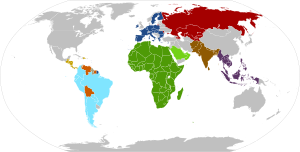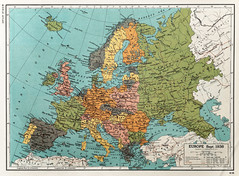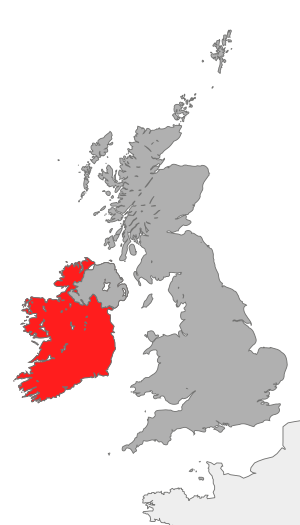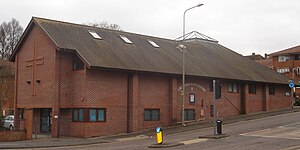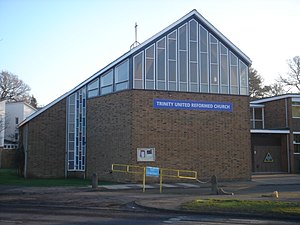This is the first of four Monday morning posts during my holidays. In these posts I'll be exploring some possibilities for Methodist Ecumenical News (MEN). First, you might like to click on the tab labelled 'About' under the blog title. This will remind you of the purpose of this blog.
This is still the trial period for MEN but I think I can make a few points based on what I have seen so far.
First,
can I encourage you to comment? All comments will be read and passed to the relevant people (depending on the post and the nature of the comments). This is real. Your comments could make a difference. Furthermore, this blog has yet to have its first comment. Just imagine being the first to comment, the glory, the plaudits ...
I am
pleased with the number of followers. There are 11, if you don't count me. Possibly 12 because I think we might have a private follower (hello if you're reading this). This is brilliant. If you are not following this blog, look to your right and you'll see at the top of the column, a big button with 'Follow' written on it - click it and change your life (a bit). Following is not just a way of recording your appreciation but also, if you can work out how to set it up, can prompt you with the last three posts. You can see at a glance when there is a new post and decide if you want to read it. You also get to join Google which is an intriguing mystery ...
Next,
please publicise MEN where you can. A link on your website or blog would be helpful. I have a link in my emails. People complain they don't know what's happening about ecumenism across the Methodist Church - some will complain they don't want to find out through a blog - come on - this is the first time in human history we can do this kind of thing - so let's do it and make it work!
Finally,
I'm looking for writers. You'll have seen from the 'About' page my vision is to have writers from all over Methodism, from the local through to the international. So, please let me know if you would like to write or, if you know someone who might write, please sound them out. The 'About' page tells you how to contact me. I will need some information about people who express interest.
Your homework this week: Comment about the vision of this blog (see the 'About' page) - is it what you want? - if not, what? I'll respond to comments when I'm back from my leave, on or soon after 24 August 2010.
 Image via WikipediaI came across this document the other day, a glossary of Church of England terms. It was written a few years after the Anglican Methodist Covenant as a guide for Methodist partners.
Image via WikipediaI came across this document the other day, a glossary of Church of England terms. It was written a few years after the Anglican Methodist Covenant as a guide for Methodist partners.





